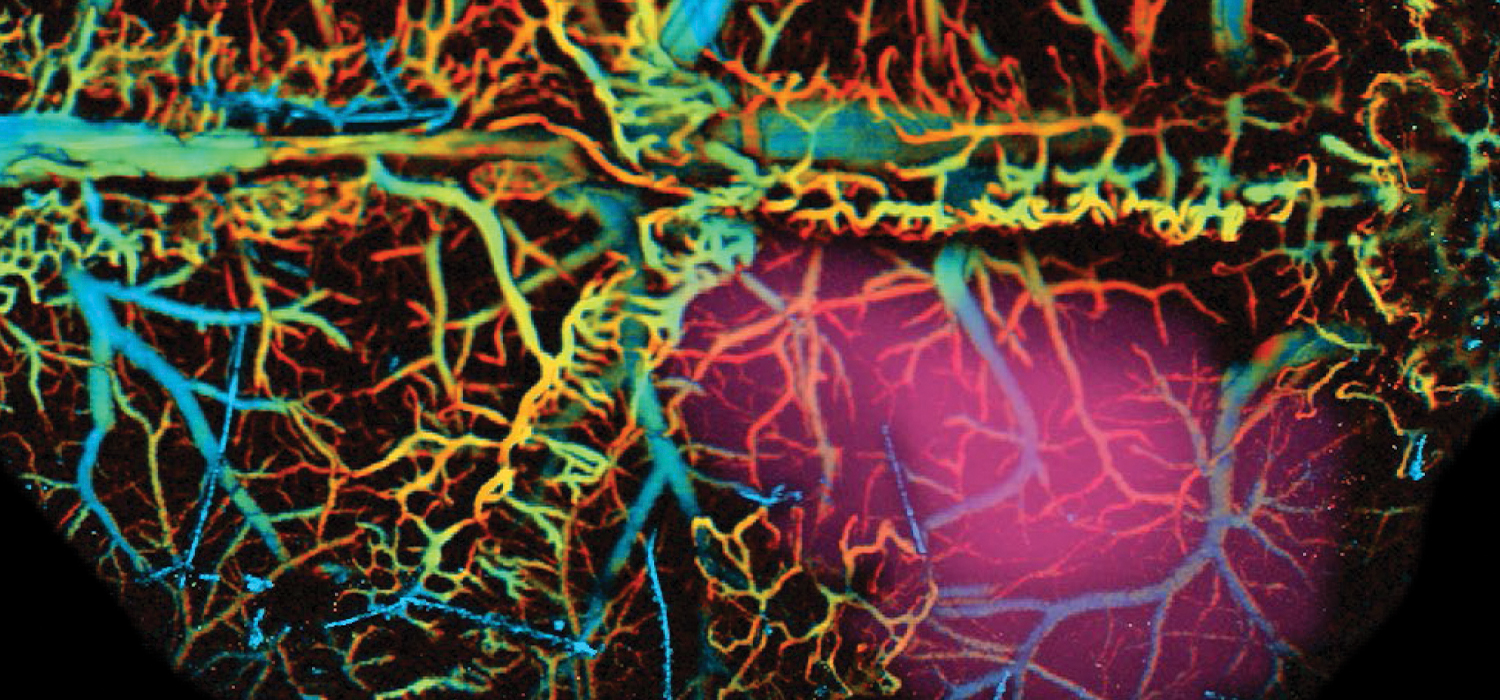
The ability of fluorescent proteins (FPs) to serve as building blocks of biosensors allows scientists to observe normal and pathological biological processes in live cells in real time. FPs that emit visible light were previously available, but only recently have FPs glowing in the near-infrared spectrum been developed, thanks to the work of Vladislav Verkhusha, Ph.D., professor of anatomy and structural biology at Einstein, and his lab.
In a study published online in October 2020 in Nature Biotechnology, Dr. Verkhusha and colleagues report the next advance in optical imaging. Using two near-infrared FPs, they have engineered a calcium biosensor that can detect evoked and spontaneous calcium fluxes in the brain, which is an indicator of neural activity. The biosensor is stimulated by and emits near-infrared light, which penetrates deeply into biological tissues with minimal scatter; this allows scientists noninvasively to observe activity in neurons deep within living animals.
The near-infrared calcium biosensor can be combined with biosensors functioning in visible light, which allows for spectral “crosstalk-free” imaging of several simultaneous biochemical intracellular processes.
Dr. Verkhusha and his team constructed a hybrid microscope combining fluorescence and photoacoustic imaging. The hybrid microscope can “see through” the skulls of living mice, simultaneously using the near-infrared calcium biosensor to monitor neuronal activity as well as photoacoustics to track blood oxygen levels in the brain. The new calcium biosensor should prove useful in preclinical studies involving animal models.